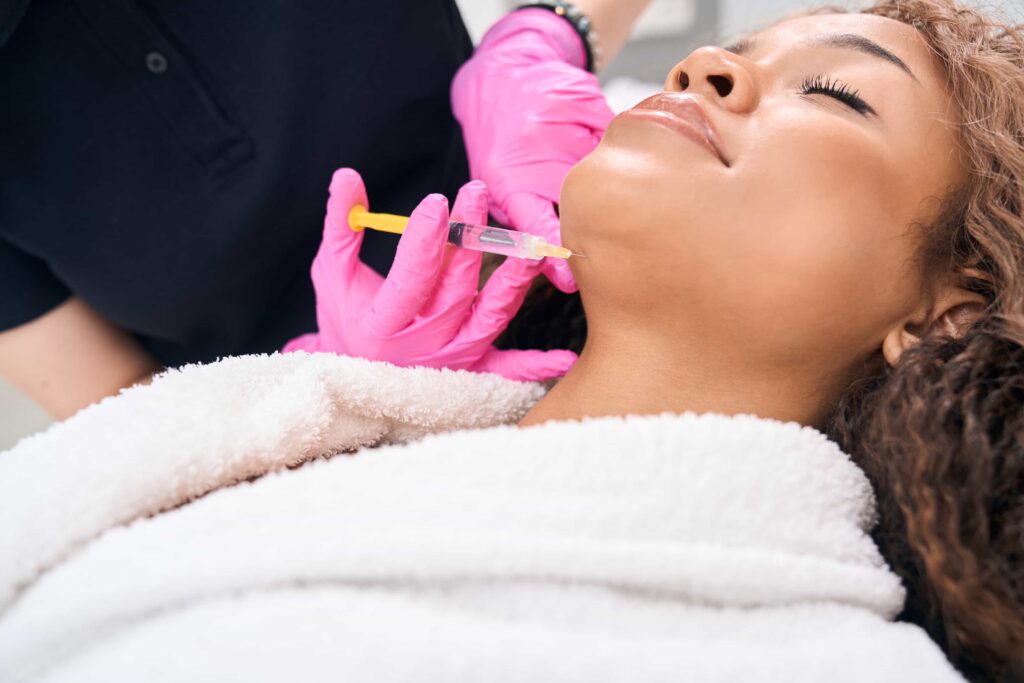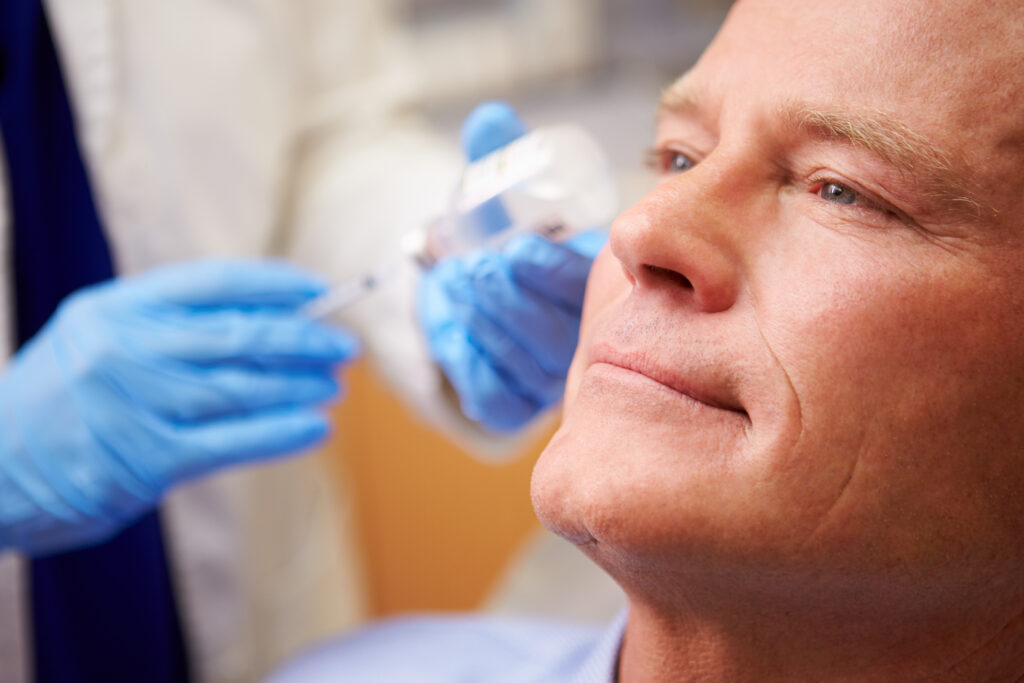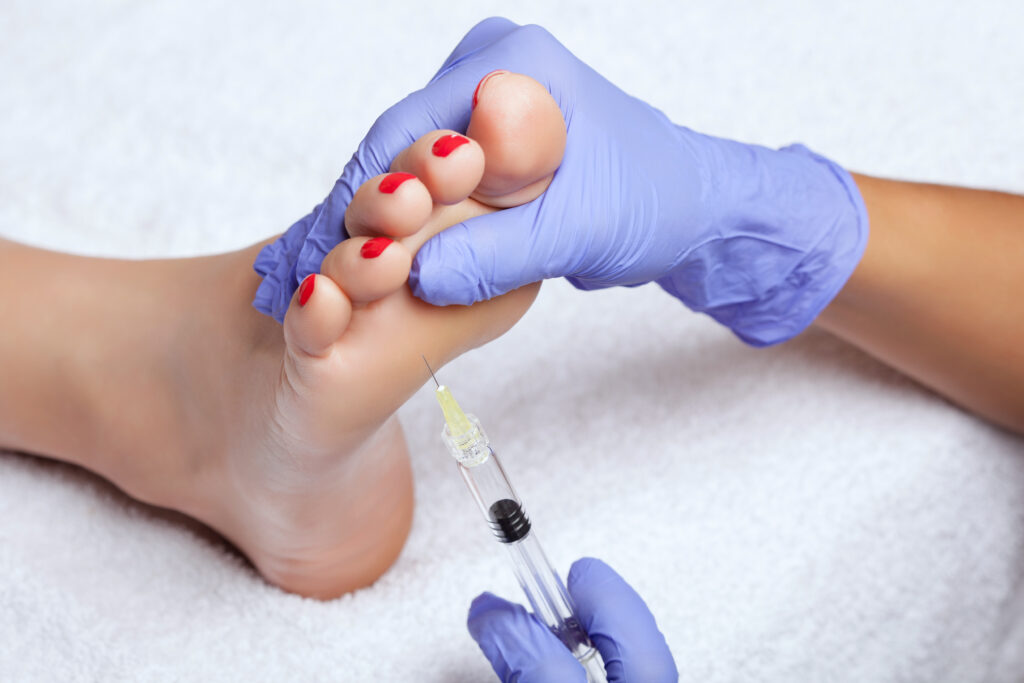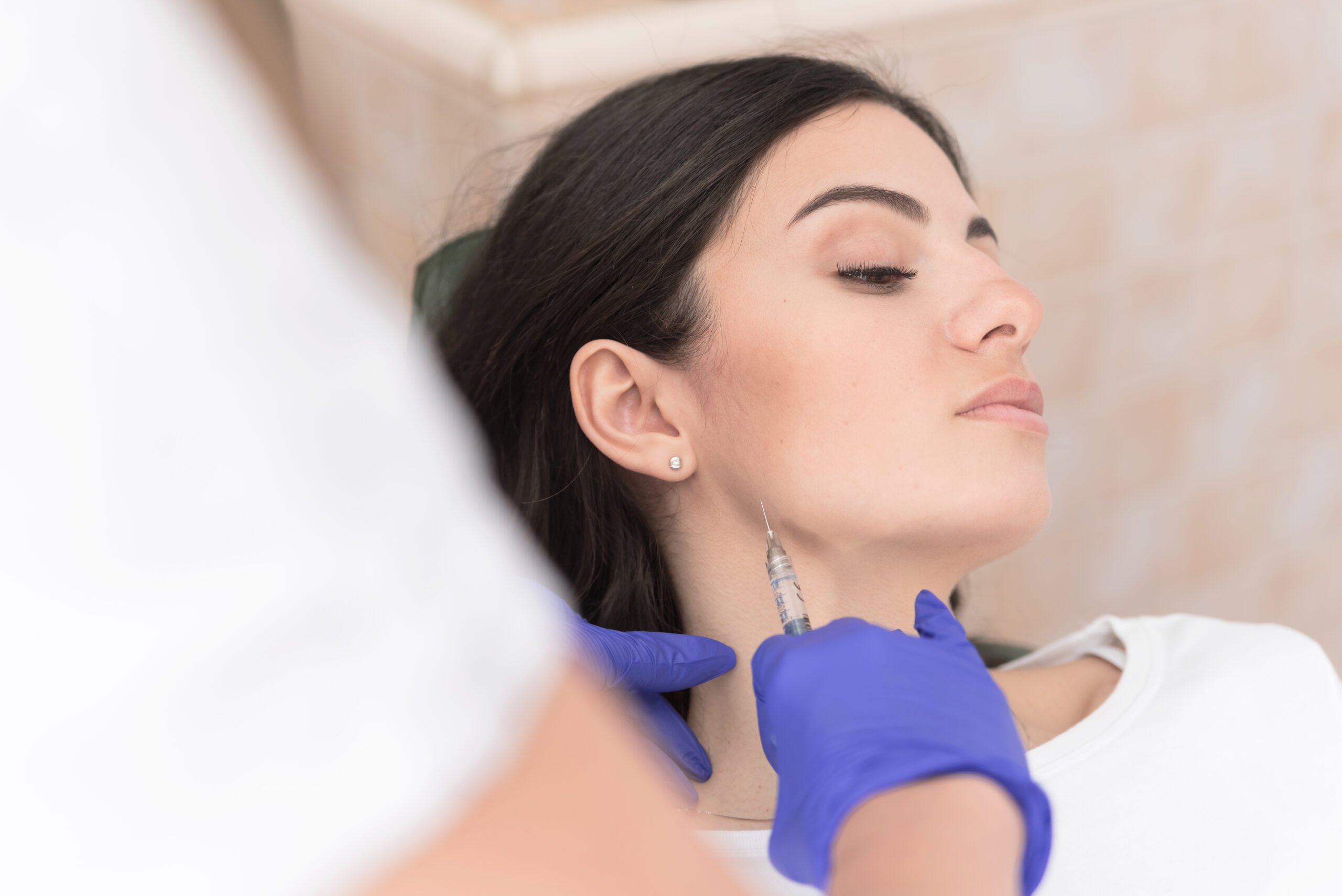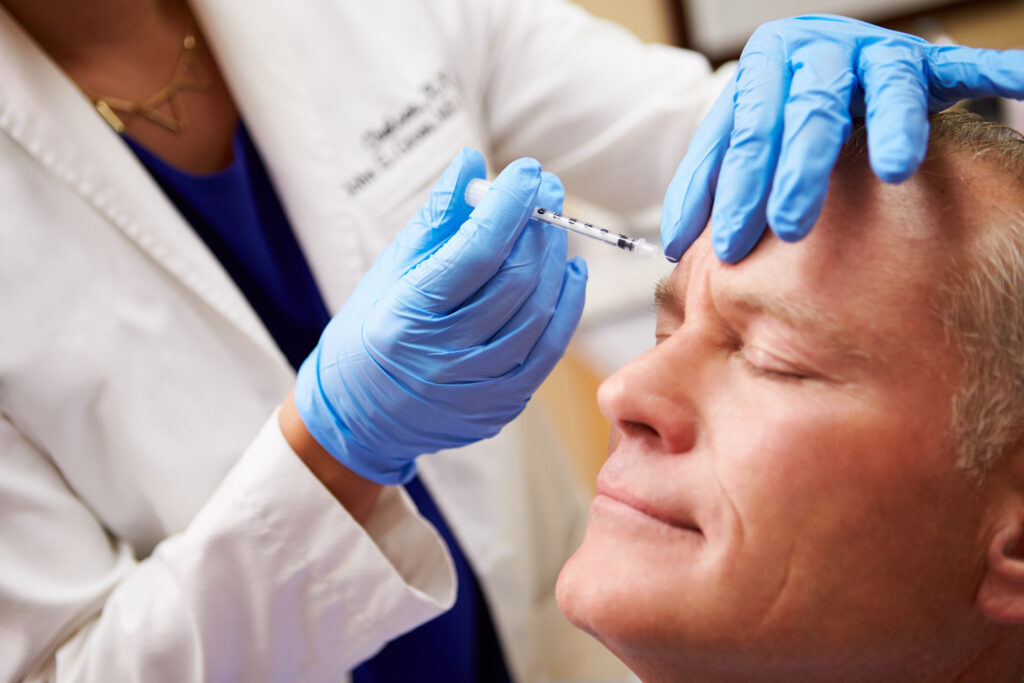Neurotoxin injections have shown promising results in treating tennis elbow, with significant pain reduction reported in patients.
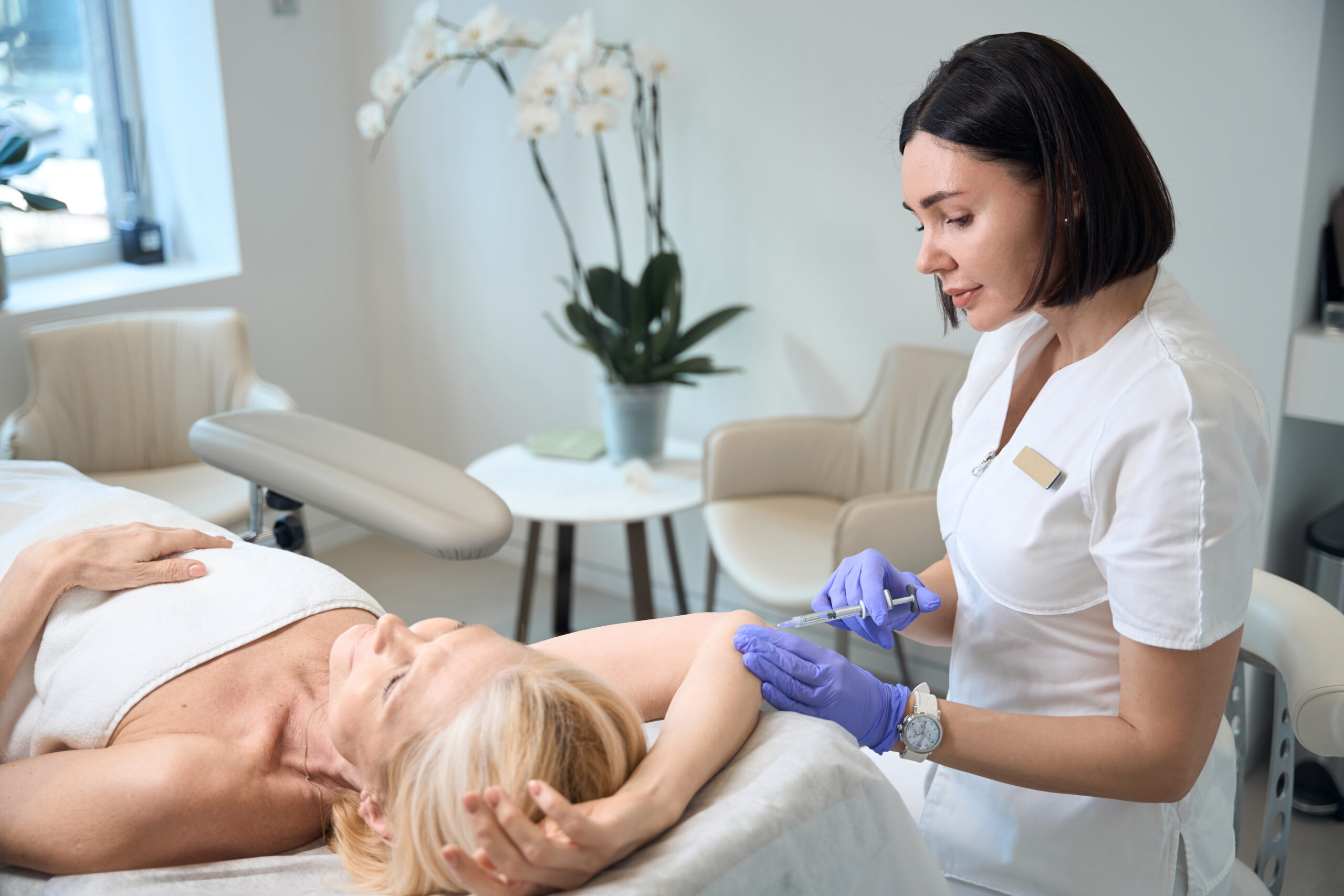
Neurotoxin injections have shown strong results in treating tennis elbow. Patients report significantly less pain compared to those who received a placebo.
This treatment works by directly targeting the irritated and inflamed tendons, quickly easing symptoms. Doctors consider it an effective option for both men and women dealing with tennis elbow.
Neurotoxin is a safe and effective treatment for tennis elbow. It helps reduce pain and improves the condition with minimal side effects.
The injection relaxes the affected muscles, lowers inflammation, and limits repetitive movements. This gives the muscles time to rest and heal. For example, the extensor muscle in the elbow—a common cause of tennis elbow—can be temporarily paralyzed to reduce pressure and allow nearby muscles to grow stronger.
After treatment, physical therapy often works better because it can focus on strengthening the right muscles. Overall, neurotoxin injections help muscles heal and support long-term relief.
Doctors often recommend this targeted treatment for people with tennis elbow, especially those familiar with corticosteroid injections since the injection sites are similar. A study published in the Canadian Medical Association Journal found that botulinum toxin may be a promising option for treating chronic tennis elbow, also known as lateral epicondylitis.
In Tehran, physicians at the Imam Khomeini Hospital Complex studied 48 patients with chronic tennis elbow. They randomly gave Botox injections or a saline placebo, adjusting injection sites based on each patient’s anatomy.
The results showed that Botox significantly reduced resting pain when injected precisely using anatomical measurements. However, one possible side effect is finger weakness, so this treatment may not be ideal for patients who need full finger function.
Although neurotoxin injections for tennis elbow are typically considered a safe medical intervention, it is common for individuals to encounter certain side effects. These may include, but are not necessarily limited to, mild bruising and temporary weakness in the extension of the middle finger.
Providers advise patients to follow post-injection care guidelines, avoiding excessive rubbing or massaging of the site. Individuals with infections at the injection site or allergies to injection ingredients should refrain from using Botox.
Costs vary depending on the price per unit of toxin, but here are some reported amounts used in studies.
In one study, researchers injected 60 units of Dysport (about 25 units of Botox) into one group and saline into another. Patients who received Dysport reported less pain afterward. Another study showed that 50 units of botulinum toxin type A also helped reduce pain in tennis elbow patients.
The exact amount needed can vary from person to person. Some may need more units, while others require less.


